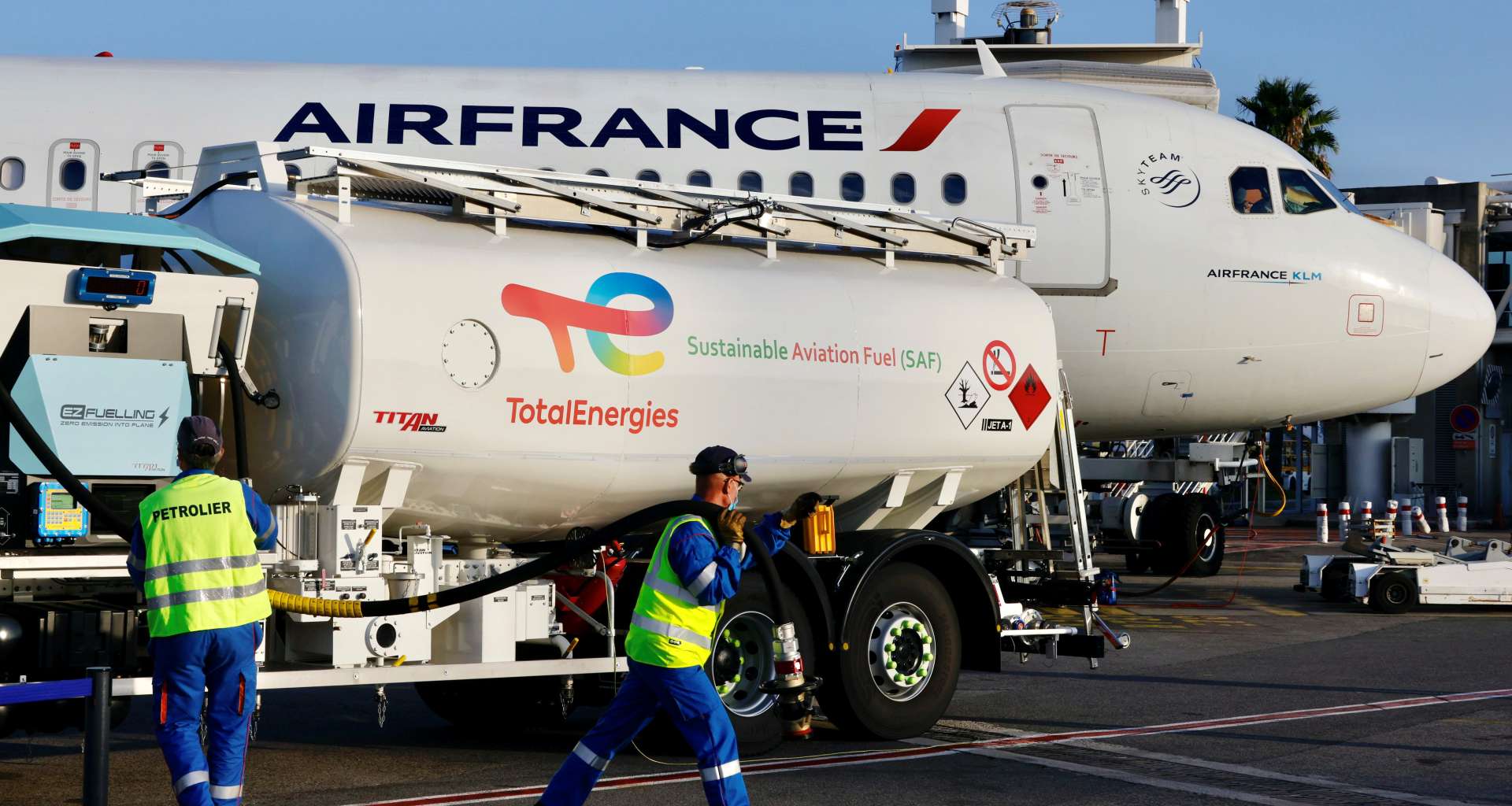
Global airlines are clamoring for "net zero emissions," but the goal remains elusive. Limited production capacity, high costs, and technological limitations of sustainable aviation fuel (SAF), coupled with a disconnect between industry commitments and action, make the green transition fraught with uncertainty.
Leading Case Stall
In 2019, United Airlines (UAL-US) CEO Scott Kirby cited its partnership with green fuel supplier World Energy as a model for the entire airline industry. However, six years later, the partnership ended, and the Paramount Refinery in Los Angeles ceased operations in April of this year, laying off all 35 employees.
World Energy was originally one of the first companies in the world to commercially produce SAF, a fuel made from waste cooking oil, agricultural residues, and animal fats, for companies like United and JetBlue Airways. However, plans for a second plant in Houston were stalled due to a lack of industry commitment.
CEO Gene Gebolys criticized "some airlines for over-promoting their SAF commitments and under-investing in them."
Gap between production capacity and target
According to data from the International Air Transport Association (IATA), SAF is estimated to account for only 0.7% of global jet fuel in 2025 , far below the 118 billion gallons of annual production capacity required for "net zero" in 2050, a gap of 300 times .
Of the 165 airline-led SAF projects launched over the past 12 years, only 36 have actually commenced production, with the majority experiencing suspension, delays, or no progress updates. Even if all pending projects were to reach full capacity, this would only add 12 billion gallons, still only 10% of the target.
Almost all existing SAF production projects rely on HEFA technology (which converts waste oils and fats into jet fuel), but this technology, limited by feedstock scarcity, cannot meet long-term demand. SAF costs are still three to five times higher than traditional jet fuel , and oil industry insiders believe that airline demand is limited at current prices.
New EU regulations require that at least 2% of flights departing from EU airports use SAF starting in 2025, rising to 6% by 2030 and 70% by 2050. IATA estimates this will cost European airlines $2.9 billion in additional fuel and compliance costs this year . If the US cuts green energy subsidies due to political change, the industry's transition could be even more challenging.
Other cases
US-based SGP BioEnergy is partnering with the Panamanian government to build the world's largest SAF plant. Originally scheduled to start production this year, the plant has been delayed until 2027 due to declining support from airlines. The company is even considering switching to producing renewable diesel for trucks and ships.
British startup Velocys is attempting to use Fischer-Tropsch synthesis technology to convert waste into fuel, and has received subsidies from British aviation parent company IAG and the government. However, the project has been delayed several times and has not yet achieved commercial production.
Given limited production capacity and immature technology, without collective funding from airlines to support large-scale projects, the industry's promotion of green flying is likely to become a "futile exercise."
Source: UAnalyze
Website: 航太|航空業陷入綠色困境:全球 SAF 產能僅0.7%,距2050年淨零目標差300倍 - 優分析UAnalyze
Disclaimer:
1.The articles compiled and published by this association on the Taiwan Net Zero Emissions Association's official website and in the Member Biweekly Report are for the purpose of introducing international environmental trends and for educational use only, not for profit.
2.Any legal responsibilities or losses resulting from the use or adaptation of articles translated by the association shall be borne solely by the user or adapter.
For more insights on net-zero emissions, feel free to subscribe to our biweekly newsletter:
https://www.tnzea.org.tw/eforms.php?lang=tw&tb=1


